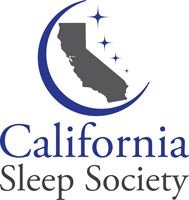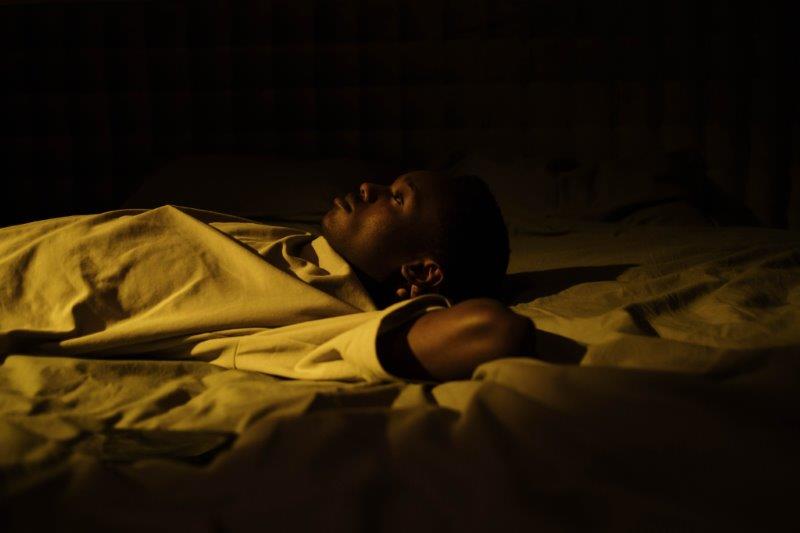By: Sam A. Kashani, MD
One of my favorite questions I am frequently asked by people is “what do you recommend I do if I’m just having a bad night?“ More specifically, I often encounter a solid sleeper who doesn’t necessarily have a chronic sleep difficulty but just wants to know what they can do in the rare situation that they find themselves struggling to fall or stay asleep. Early in my practice, I didn’t realize how difficult this question actually is to answer. As a practicing sleep physician guided by evidence, my responsibility is to provide evidence-based solutions to patients with sleep-related problems. With that said, is having one bad night technically a problem? If you ask someone on a day following a night of partial or total sleep deprivation, the answer to the question would likely be yes for many. On the other hand, the diagnostic criteria for insomnia specifically indicates that the symptoms of insomnia must occur at least three nights per week. So if the treatments I generally recommend for insomnia aren’t technically indicated in the context of a solitary night of insomnia, what can I recommend in these situations?
To answer this question, I think it’s important to first keep in mind that every person and their respective sleep difficulty is different, and there is not a one-size-fits-all approach when it comes to addressing sleep issues. Nonetheless, I typically answer this question first by reviewing the basics of sleep hygiene. Environmental and behavioral factors such as the use of bright-light emitting devices or excess stimulation too close to bedtime are simple and modifiable factors that can sometimes interfere with sleep. But many people who experience both short-term and long-term sleep issues already practice good sleep hygiene, and it’s a well-known fact that sleep hygiene alone typically is not enough to improve sleep difficulties and as such, is not considered a treatment for insomnia. Therefore, while one night of insomnia doesn’t constitute a diagnosis, there are options that may help a good sleeper on a bad night.
For example, some people have a ‘back pocket’ prescription for a medication which they may use in such ‘emergencies’ to ensure they get a night of stable sleep before an important commitment the following day. Alternatively, non-pharmacologic modalities utilizing a wide array of approaches including meditative practices as well cognitive and behavioral treatments have also been studied and shown to be effective for the treatment of insomnia, both in the short term and long-term. One example of a behavioral treatment we often recommend is stimulus control therapy (SCT), one of the core components of cognitive behavioral therapy for insomnia (CBT-I), the most effective treatment for insomnia. While often confused with or mistakenly described as a continuation of sleep hygiene practices, SCT is a behavioral treatment targeted towards the goal of minimizing time in bed spent awake and limiting time in bed to time asleep as much as possible. The basis of this treatment is derived from the concept of operant conditioning in which a behavior or reward, in this case ‘sleeping’, is achieved when the act of ‘falling asleep’ is strategically used in order to further reinforce the reward. Part of SCT instructions include only going to bed when sleepy in addition to getting out of bed if unable to fall asleep within 20 minutes. While consistency in applying this technique is essential for improvement in the chronic insomniac, I often encourage people to practice SCT even on a solitary bad night. I remind them that the alternative to avoid going to bed when sleepy is to spend that excessive time in bed awake, frustrated, tossing and turning, and my personal favorite nocturnal bad habit, clock-watching. Such maladaptive behaviors usually just perpetuate more insomnia, and may even turn a transient sleep disturbance into an ongoing problem.
Moving away from traditional cognitive and behavioral treatments, alternative approaches including mindfulness-based practices which may allow for sleep to ‘unfold’ by eliminating situations in which a person may be “trying to fall asleep”, have also demonstrated benefit for the treatment of insomnia. Additionally, meditative movements such as Tai Chi have been shown to effectively treat symptoms of insomnia, with data indicating Tai Chi may be as effective as CBT-I in treating adults with chronic insomnia. Some people also experience improvement in sleep efficiency (the percentage of time in bed spent asleep) with yoga, deep breathing exercises, and other relaxation techniques at bedtime, and thanks to the internet, specifically YouTube, exercises such as these can be studied and learned within minutes.
Therefore, with so many options to combat nighttime sleep difficulties, once again I find that it rests on the person when it comes to choosing how to manage such nights, however infrequently they may occur. While one night of bad sleep most certainly does not an insomniac make, knowing and applying these simple techniques and strategies may be beneficial for those experiencing the occasional rough night.

